Berici Hills, what to see: itinerary in 10 stages
The Berici Hills embrace the city of Vicenza and hold among their reliefs a rich treasure of art and architecture. Among their gentle slopes, the Berici Hills offer the visitor a succession of evocative scenery with the emerald green woods that is interrupted by villages suspended in time, imposing churches and sumptuous Palladian villas. The Berici Hills, on the other hand, are doubly linked to the name of Andrea Palladio. The architect and scenographer symbol of the Renaissance literally shaped these enchanted places once the beating heart of the Venetian Republic with his unmistakable style, putting his signature on villas, churches and palaces. Discovering the Palladian villas of the Berici Hills is an experience that alone is worth the trip, but it is certainly not the only reason to justify a vacation around Mount Berico. The Berici hills are an area rich in trails whose network allows outdoor enthusiasts to discover this magical territory at a slow pace, touching small and large wonders of an often still unspoiled nature. Impossible then during your stay in the Berici Hills is not to be tempted by the many food and wine specialties of this land: Berici truffles, olives and olive oil, peas from Lumignano, wine, and duck are just some of the products that you absolutely cannot miss. Here are ten must-see stops on your trip to the Berici Hills.
1. The Sanctuary of Mount Berico
The sanctuary of Mount Berico is the center of religious life in the Berici Hills and clearly preserves traces of the rich history of these lands. The origins of the sanctuary of Mount Berico are linked, according to tradition, to two apparitions of Our Lady to Vincenza Pasini, a woman who was bringing food to her husband who was working on the hill. Thus it was that, in 1428, the first small church was erected on Mount Berico, which then soon began to grow and enlarge under the custody of the Servants of Mary. Numerous interventions led the sanctuary to its present appearance. At the end of the 16th century Andrea Palladio also put his own signature on the building, but there is no trace of the great architect’s hand today since the expansion he worked on was completely demolished after not even a hundred years. During a visit to Mount Berico, however, one can still admire the first church, which has five bays covered with cross vaults, supported by columns covered with marmorine in the 19th century, and the Borella church, which has a cross-shaped plan inscribed within a square at the apexes of which open four minor compartments covered with a canopy.
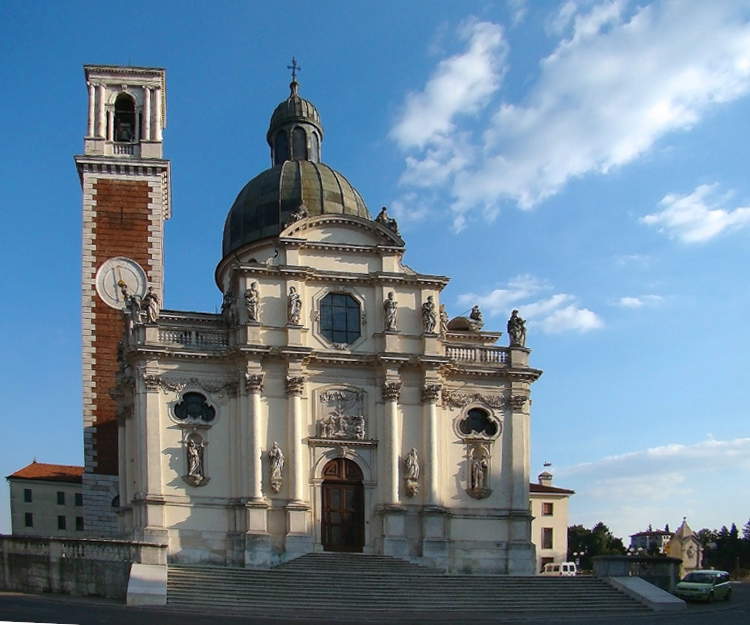
2. Villa La Rotonda
Built by Paolo Almerico in 1566-67 and also known as Villa Almerico Capra, La Rotonda is probably the most famous building among those designed and built by Andrea Palladio. A UNESCO World Heritage Site since 1994, Villa La Rotonda is also one of the most imitated villas in the history of architecture. La Rotonda is a centrally planned building, a cubic volume revolving around a circular hall with a dome. The diagonal axes of the main body follow the direction of the cardinal points, while the four facades are identical: each has a pronaos, with a tympanum supported by six Ionic columns and imposing staircase leading directly to the main floor. Many innovative solutions were adopted in the construction of La Rotonda, which, among other things, has no foundation and is self-supporting thanks to a system of arches and brick cross vaults on the first floor, which form the structural grid of mutually perpendicular axes on which the upper floors rest. The four very prominent loggias, on the other hand, in addition to their scenic function, also serve as huge buttresses to firmly contain the thrust of the facades. Perfectly symmetrical and responsive to itself from every side you look at it, the Rotunda reflects in plan the setting of the facades.
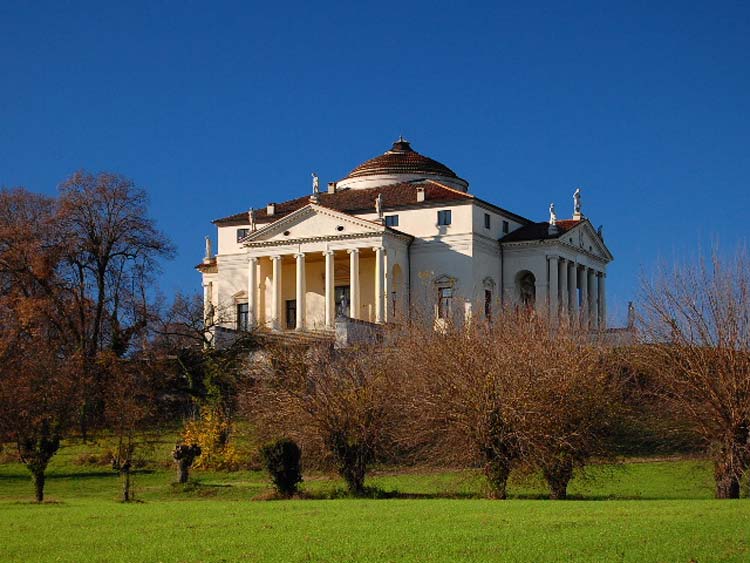
3. The Valley of the Mills in Fimon
For those in search of relaxation and reconnecting with nature, the place to circle in red on your map is definitely the Valle dei Mulini di Fimon. Having prepared your backpack and laced up your boots, you must reach the little village of the same name bathed by the waters of the lake and from here prepare for a journey through lush nature, fairy-tale scenery and traces of a past when the relationship between man and the environment was much closer. Characterizing the Valley of the Mills are groups of rustic houses where, precisely, as many water mills operated. These are buildings that were already in operation at the end of the 15th century, among which stands out the Casarotto mill, now inactive, whose wooden wheel has been reconstructed. Discovering the Valley of the Mills, however, also means delving into the heart of this area by walking through chestnut forests and vineyards as far as the eye can see, coming across enchanted districts such as those of Tezze and Villa di Fimon, and still making your eyes fly as you skirt the shores of the lake.
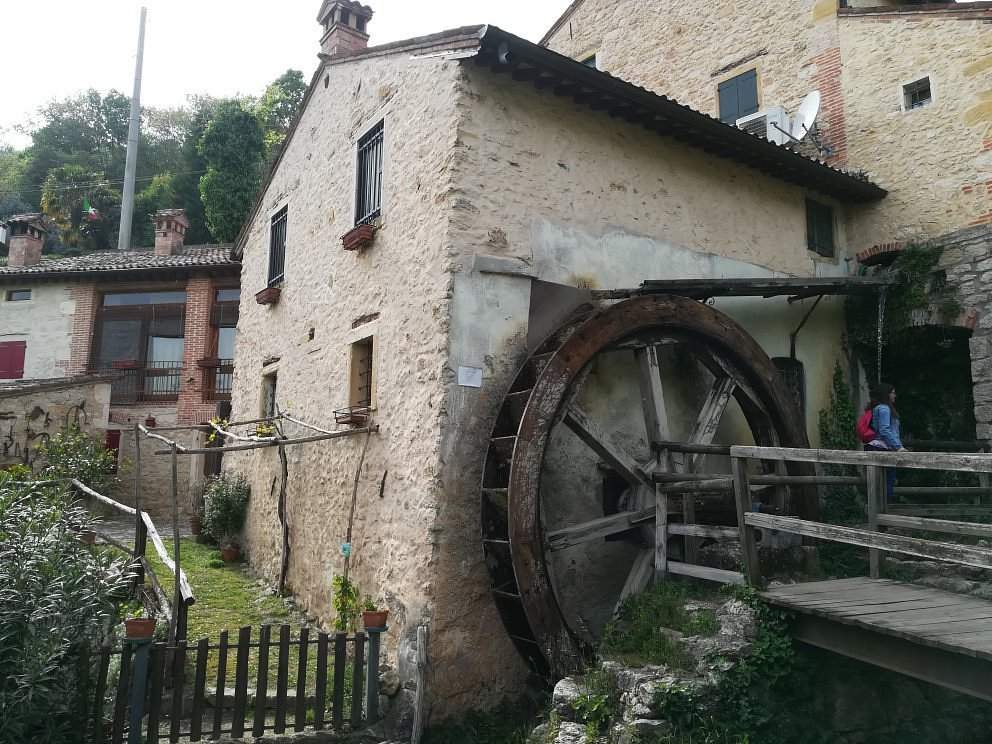
4. The hermitage of San Cassiano in Lumignano.
Simple yet endowed with a charm that is difficult to recount. The hermitage of San Cassiano, with its reddish façade on which the passage of time is evident, seems to come straight out of the mountain and immediately recalls its nature as a place of prayer, isolation and reflection. The present hermitage, set into the eastern rock face of the Mount of the Cross in Lumignano, a hamlet in the municipality of Longare, dates back to the seventeenth century, when it was erected by incorporating the remains of the ancient sixth- to seventh-century church of San Cassiano. The latter was built at a volley that served as an apse, enclosed by masonry, the lower parts of which were brought to light by an excavation carried out at the end of the last century and which brought to light thirteen rock-carved burials, ten of which are still visible. Tradition has it that here, in the 12th century, Adelaide of Burgundy, Empress of the Franks and Queen of Italy, escaped imprisonment imposed on her by Berengar, found refuge for some time. It is also said that, as long as she lived, the grateful queen sent gifts to the penitents who retired here to pray.
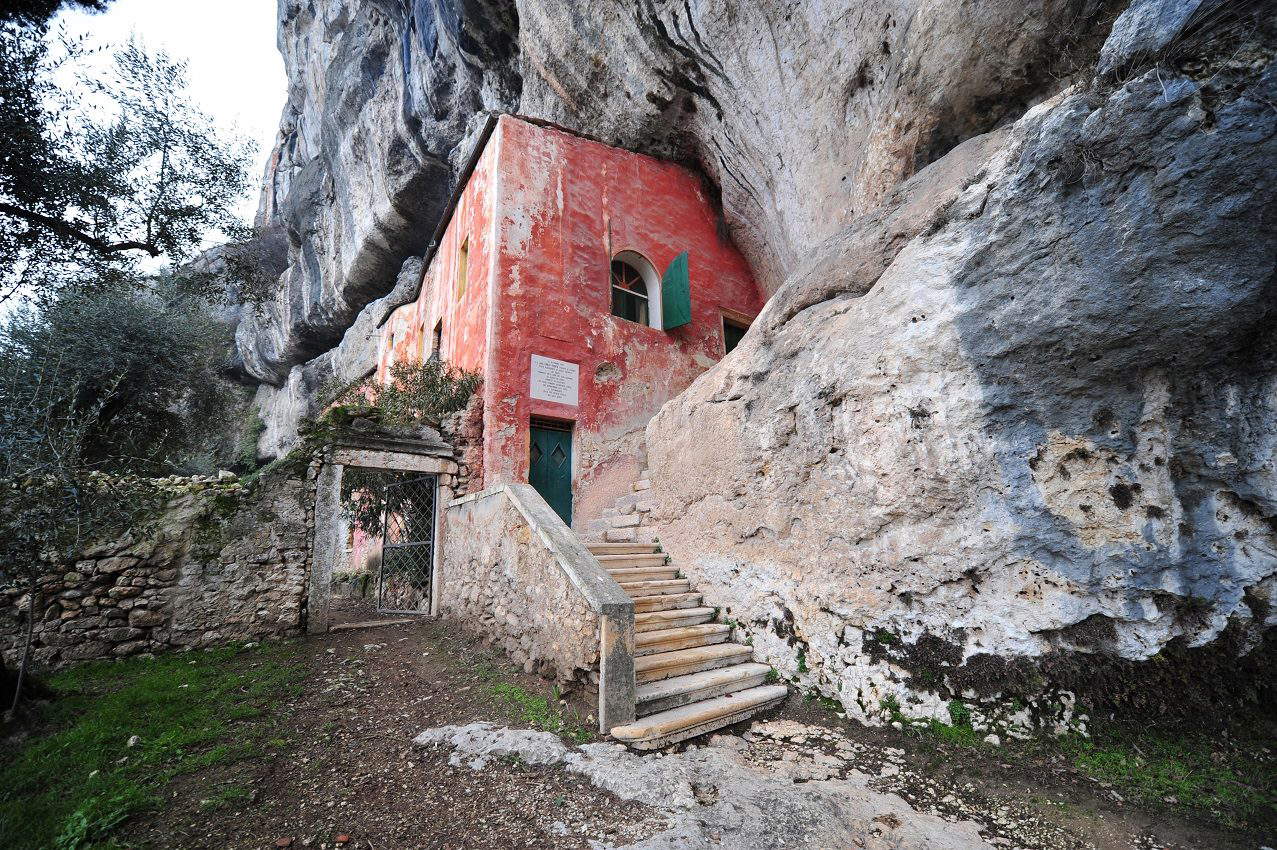
5. Lonigo
Art, history and food and wine. There are many reasons to visit Lonigo. This small town is located in the heart of the Berici Hills and is crossed by the Guà River in whose waters the many palaces and silent buildings bear witness to the important past of this land. The Rocca Pisana, Villa Giovannelli, the dome of the Duomo, the Torrione and the bell tower of the Chiesa Vecchia are some of the best-known symbols of Lonigo but also open books on which to read the important events that have affected the town over the centuries. Throughout the centuries Lonigo was ruled by Vicenza, Verona, Padua, the Viscontis, the Republic of Venice, and was the seat of important families such as the Pisani family who commissioned the architect Andrea Palladio to build Villa Pisani (1544) and in 1556 had Palazzo Pisani erected in the heart of the town. Lonigo reached its greatest splendor, however, in the 19th century thanks to the presence of the Giovannelli princes who made the town the capital of the Lower Vicenza area with its theaters, hippodrome for horse racing and a lively and dynamic cultural life. It is then impossible not to mention that Lonigo is surrounded by prestigious vineyards that give it the title of International Wine City.
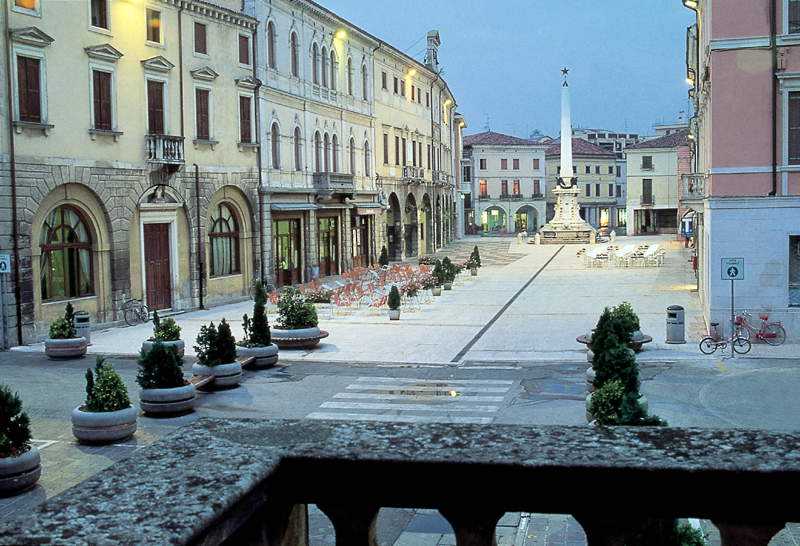
6. Longare
Longare, with its two hamlets of Costozza and Lumignano, is one of the most characteristic centers of the entire Berici Hills area. Inhabited since ancient times, the territory of Longare has long been at the crossroads of the alternating fortunes of the entire region, following its fortunes linked to the alternations between the various dominations. Today the traces of this rich past are still clearly visible in the civil and religious architecture of the town and its surroundings. As far as churches are concerned, that of Santa Maria Maddalena and the oratory of the Beata Vergine del Carmine are worth a visit; speaking instead of villas and palaces, there are many places not to be missed. Villa Scroffa Donadello, for example, is a building from the mid-15th century that has been preserved almost intact in the original texture of its Gothic elements; Villa Scroffa Bassani, on the other hand, stands just outside the historic settlement, a short distance from the river route, and has an articulated morphology organized around a central courtyard. Villa Persico, on the other hand, is a building dating from the mid-16th century with a two-flight internal staircase adorned with a solemn balustrade.
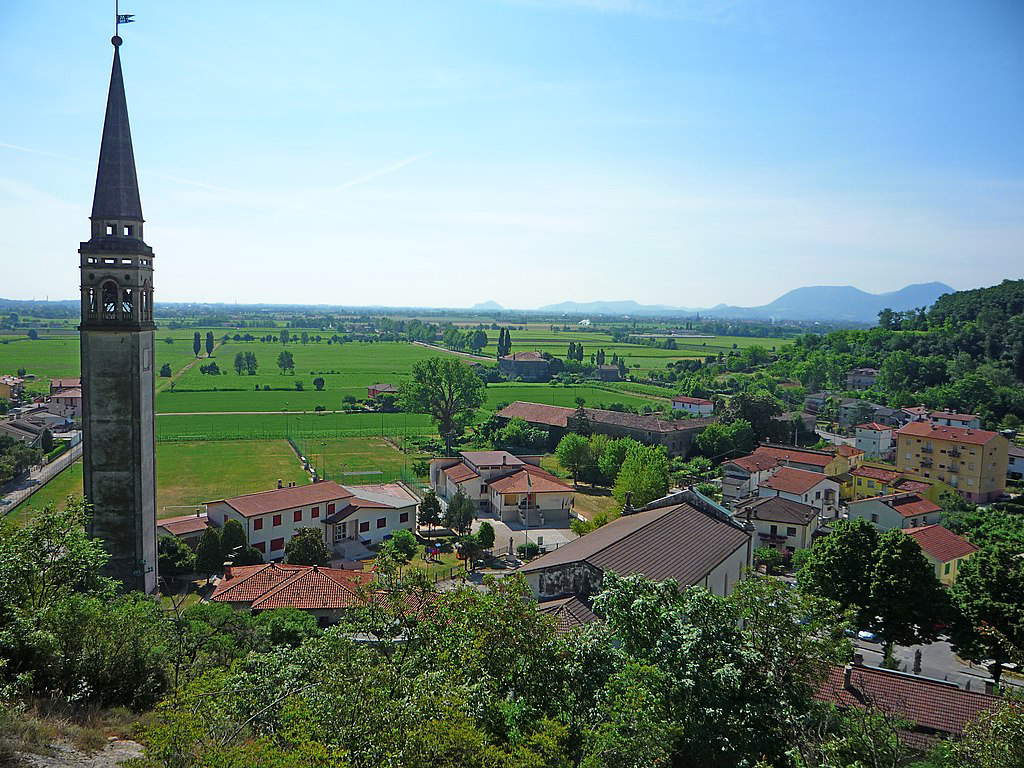
7. Villa Valmarana ai Nani
On the outskirts of Vicenza is the sumptuous Villa Valmarana ai Nani, famous above all for the cycles of frescoes painted by Giambattista and Giandomenico Tiepolo inside the main mansion and guest quarters. The construction of the villa dates back to the second half of the 17th century and owes part of its name to the 17 stone sculptures representing dwarfs, once scattered in the park as garden dwarfs, then lined up on the surrounding wall. Linked to them is the evocative legend of Princess Layana, and the actual executor of the dwarfs is presumed to be Francesco Uliaco, while the inspiration would be Giandomenico Tiepolo. The Valmarana family still inhabits the villa, which is universally considered the expressive apex of 18th-century painting and the highest testimony to the genius of the Tiepolos. Villa Valmarana ai Nani consists of three buildings situated in a large period park. The Palazzina (1669), the Foresteria and the Scuderia (1720) are surrounded by rose gardens, an Italianate garden with a scenic backdrop and well, and a carpinata.
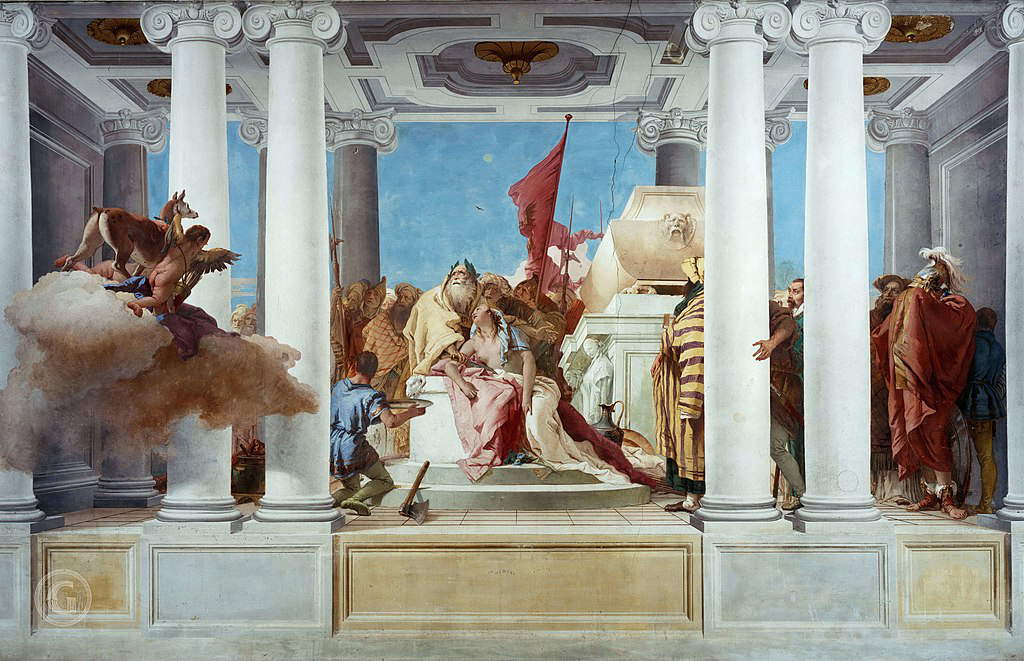
8. Villa Pojana
Another of Palladio’s famous villas is located in Pojana Maggiore. A World Heritage Site since 1996, Villa Pojana was commissioned from Andrea Palladio by the Pojana, a noble Venetian family. Elegant and austere, villa Pojana recalls the military fortunes of the patrons, but it nevertheless shows well the style and taste characteristic of Palladio’s buildings, who was inspired by ancient spa environments in designing it. The villa faces the street and lies within a deep courtyard bordered by brick walls and flanked by gardens and fields. The ground floor is dominated by a large rectangular hall with a barrel vault, on whose sides are symmetrically distributed smaller rooms covered with ever-changing vaults. On the upper floors are other service rooms used as grain and grain warehouses, later also for raising silkworms. Instead, statues of Painting, Sculpture and Architecture decorate the pediment of the villa, while in the outer atrium, elegant stucco frames enclose monochromes of river gods. The most significant frescoes, however, can be found in the main hall where Olympus is depicted on the ceiling and on the walls inside niches the idealized statues of several Roman emperors in armor.
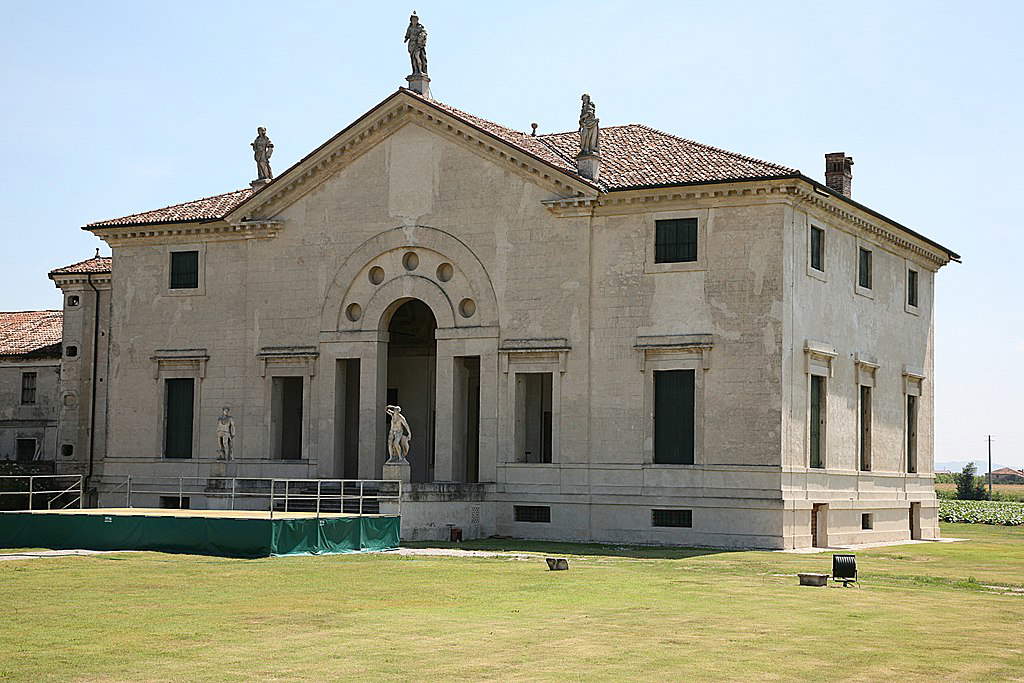
9. Villa Saraceno
Villa Saraceno is located in Finale di Agugliaro and was designed by Andrea Palladio in 1548 and built shortly thereafter. A UNESCO World Heritage Site on a par with the other Palladian villas in the Veneto region, Villa Saraceno is characterized by its great simplicity. On the facade every decorative element is banished, yet the entire building exudes a solemn magnificence directly recalling the style of an ancient Roman temple. The villa is oriented along the north-south axis, the main floor rests on a platform raised almost two meters above the level of the courtyard, the centerpiece of the layout is the great hall from which the Dolomites can be seen in the distance. The loggia on the facade is crowned by a triangular tympanum and serves as a connecting element between the hall and the courtyard in front. The pediment, contrary to what one might think, is not decorated with the family coat of arms, but bears only a slab just below. Small windows, finally, illuminate the attics, where grain was stored.
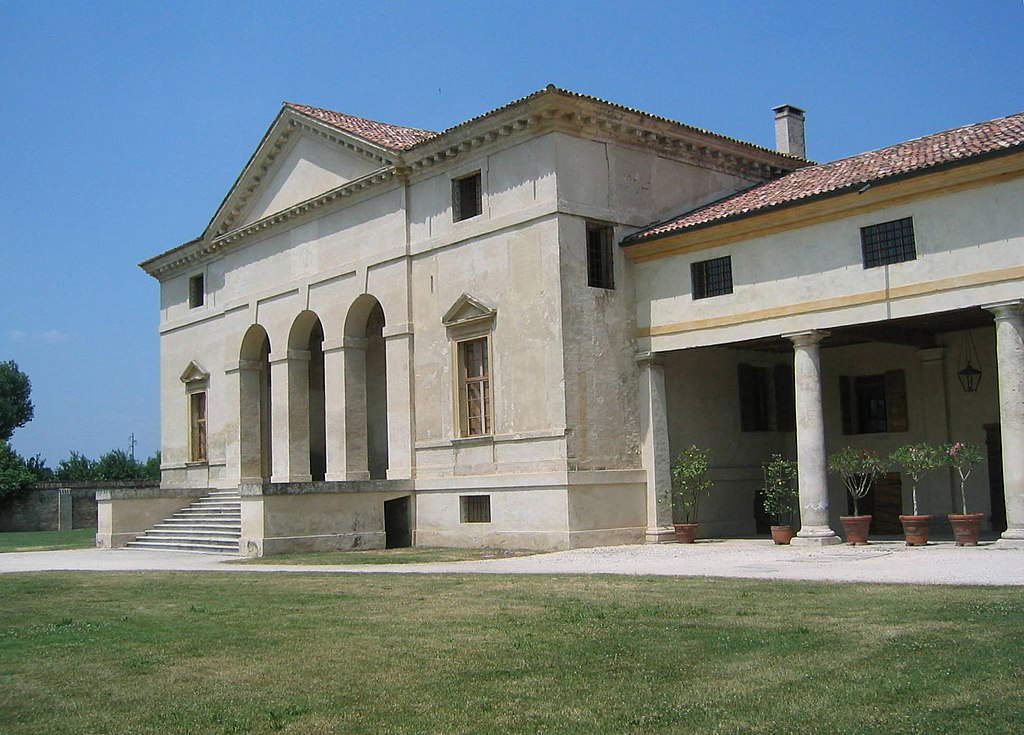
10. Barbarano
One of the many jewel-like towns to be found throughout the Berici Hills area is undoubtedly that of Barbarano. In spite of its less than 5,000 inhabitants, Barbarano has always had a much more important history than numbers alone can tell, and even today there are many buildings, civil, religious and military, that bear witness to this rich past. The most important church in the town is certainly the one dedicated to Santa Maria Assunta. This austere building stands on the site of an ancient early Christian place of worship, where over the centuries different buildings have followed one another according to different tastes and styles. Also very beautiful is the 18th-century oratory dedicated to San Gaeatno Thiene and attached to Villa Godi Marinoni as well as the church of San Giovanni in Monte, the convent of San Pancrazio and the hospital of San Martino. Also worthy of a visit are the ancient Palazzo dei Canonici, recently restored to new splendor after extensive restoration work and home to the civic library and important cultural events, and the many villas scattered throughout the municipal area, starting with the splendid Villa Godi Marinoni.
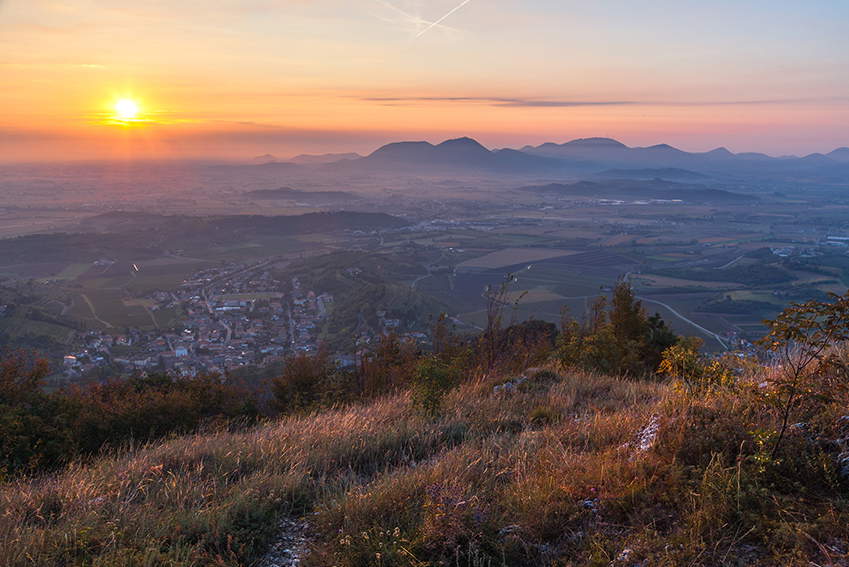
 |
| Berici Hills, what to see: itinerary in 10 stages |
Warning: the translation into English of the original Italian article was created using automatic tools. We undertake to review all articles, but we do not guarantee the total absence of inaccuracies in the translation due to the program. You can find the original by clicking on the ITA button. If you find any mistake,please contact us.





























